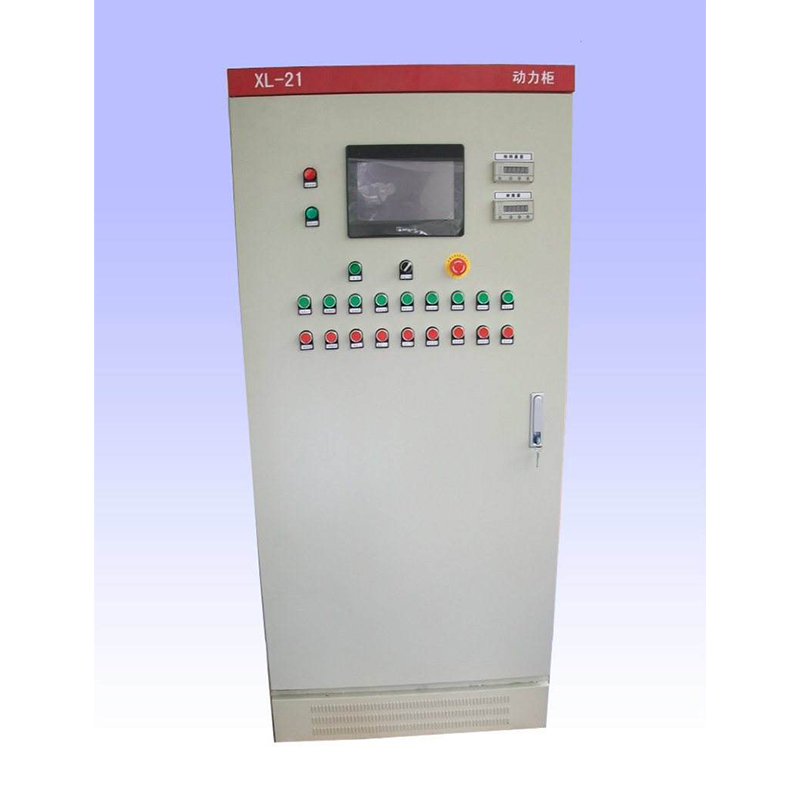
Nov . 13, 2024 01:07
Back to list
gas pressure regulator valve
Understanding Gas Pressure Regulator Valves
Gas pressure regulator valves are essential components in various industrial, commercial, and residential applications where gas is utilized. They play a crucial role in ensuring that gases are supplied at the correct pressures, thereby enhancing safety, efficiency, and performance in gas-powered systems. This article will delve into the mechanisms, functions, and applications of gas pressure regulator valves.
What is a Gas Pressure Regulator Valve?
A gas pressure regulator valve is a device that automatically reduces and maintains the pressure of gas from a high-pressure source to a lower, usable level. It ensures that the gas pressure entering a system remains constant, regardless of fluctuations in the pressure of the supply line. This feature is critical as it protects downstream equipment from damage due to overpressure conditions and ensures optimal operation of gas appliances.
How Does a Gas Pressure Regulator Work?
The operation of a gas pressure regulator valve is based on the principles of pressure difference. The regulator consists of a spring-loaded diaphragm that responds to changes in downstream pressure. When gas enters the regulator, it fills the diaphragm chamber, pushing against the spring. If the downstream pressure increases beyond the set point, the diaphragm moves to close the inlet valve, thereby restricting the flow of gas and lowering the pressure. Conversely, if the downstream pressure drops, the diaphragm compresses the spring, opening the valve and allowing more gas to flow in.
Types of Gas Pressure Regulators
There are various types of gas pressure regulators, each designed for specific applications
. Some of the common types include1. Single-Stage Regulators These are used for low-pressure applications and provide a simple solution for converting high-pressure gas to a medium pressure.
2. Two-Stage Regulators These regulators are ideal for applications that require stable output pressure despite variations in inlet pressure. They employ two separate stages for reducing pressure, ultimately ensuring a consistent output.
gas pressure regulator valve

3. Adjustable Regulators These allow operators to manually set the desired outlet pressure, offering flexibility for various applications.
4. Lock-Up Regulators Designed for safety, these regulators will shut off the gas flow if the downstream pressure exceeds a specified limit.
Applications of Gas Pressure Regulator Valves
Gas pressure regulators find their application in numerous fields. In residential settings, they are commonly used with natural gas appliances like heaters, stoves, and water heaters, ensuring that these appliances operate safely and efficiently. In industrial environments, regulators are vital for processes involving gas compression, chemical reactions, and fuel supply systems.
Additionally, regulatory bodies often mandate the use of pressure regulator valves in gas distribution systems to enhance safety and compliance with health standards.
Importance of Regular Maintenance
Maintaining gas pressure regulator valves is crucial for ensuring their proper functioning. Routine checks and maintenance can prevent leaks, pressure fluctuations, and potential hazards associated with gas usage. It is advisable to consult professionals for servicing and to replace any faulty components promptly.
Conclusion
Gas pressure regulator valves are vital for the safe and efficient use of gas in countless applications. They ensure that gas is delivered at appropriate pressures, protecting both equipment and users. As technology advances, these regulators are becoming more sophisticated, incorporating features that enhance safety and performance. Understanding their functioning and importance can lead to better management of gas systems, contributing to overall efficiency and safety in gas utilization.
Latest news
-
Safety Valve Spring-Loaded Design Overpressure ProtectionNewsJul.25,2025
-
Precision Voltage Regulator AC5 Accuracy Grade PerformanceNewsJul.25,2025
-
Natural Gas Pressure Regulating Skid Industrial Pipeline ApplicationsNewsJul.25,2025
-
Natural Gas Filter Stainless Steel Mesh Element DesignNewsJul.25,2025
-
Gas Pressure Regulator Valve Direct-Acting Spring-Loaded DesignNewsJul.25,2025
-
Decompression Equipment Multi-Stage Heat Exchange System DesignNewsJul.25,2025

